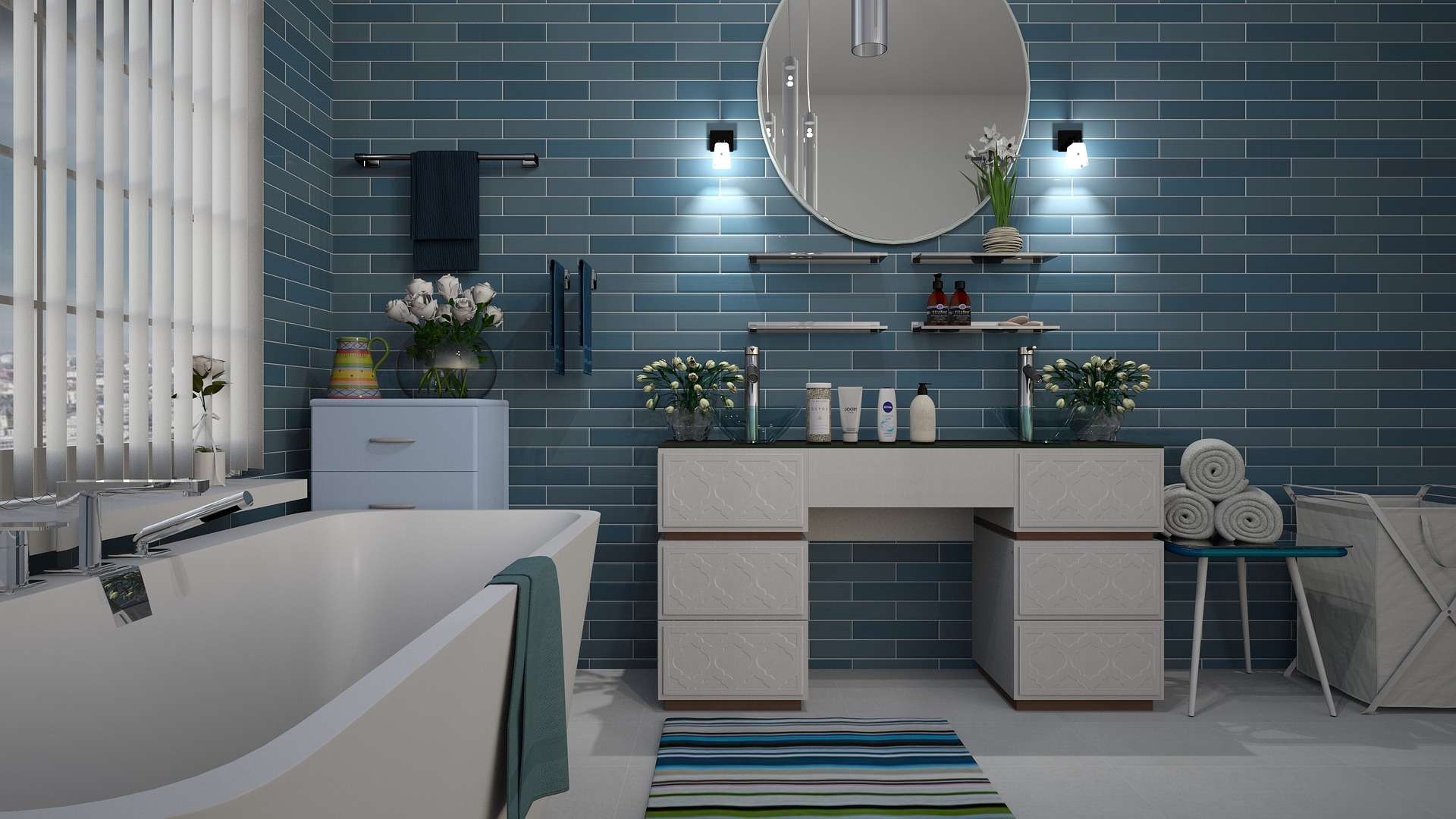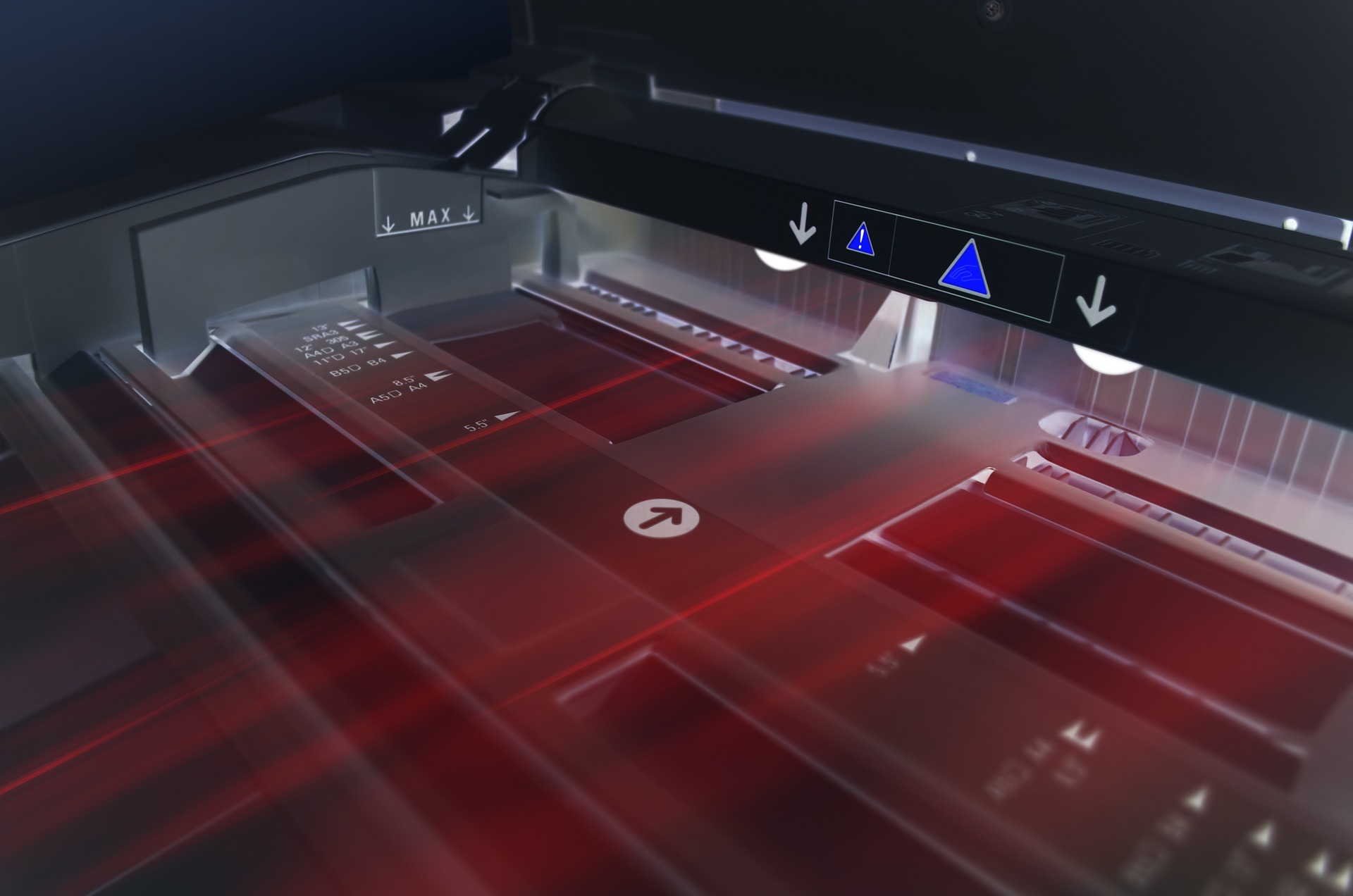Captivating Home Decor with Optical Illusions: A Unique Styling Approach
Home decor, like any other form of art, has the power to play with our perceptions. It can transport us to different eras, evoke emotions, and even manipulate the sense of space. One intriguing, yet underexplored aspect of interior design is the use of optical illusions. This article delves into the concept of optical illusion in home decor, its roots, current trends, practicality, and its transformative impact on living spaces.

Optical Illusion in Decor: A Historical Perspective
Optical illusions in decor aren’t a 21st-century phenomenon. They date back to ancient Roman and Greek architecture, where architects used a technique called ‘forced perspective’ to make buildings appear larger or taller. In the Renaissance, artists like Andrea Pozzo mastered trompe l’oeil, a technique that creates a 3D illusion on a flat surface. Today, these historical techniques find their modern interpretations in home decor, offering a unique blend of art, science, and design.
Current Trends: Illusionary Decor in Modern Homes
In contemporary home decor, optical illusions are making a comeback. From geometric wallpapers that create a sense of depth to cleverly angled furniture that appears to defy gravity, illusionary decor is all about adding a visual twist to conventional spaces. Designers are also incorporating reflective surfaces, gradient colors, and oversized patterns to manipulate perceptions of space and light. These elements, when used strategically, can make small rooms appear larger and dark rooms brighter.
Practicality and Impact on Daily Living
While the optical illusion in home decor is visually intriguing, it’s also practical. It offers an effective solution to common design challenges like small space or lack of natural light. A striped rug can elongate a small room, while a mirror placed opposite a window can double the natural light. Moreover, illusionary decor adds an element of surprise and intrigue, transforming mundane spaces into extraordinary ones.
Backed by Research: The Science Behind the Illusion
Optical illusion decor isn’t just a design fad; it’s rooted in neuroscience. Research shows that our brain interprets images based on previous experiences and assumptions, which can be manipulated through design. A study published in the Journal of Neurology, Neurosurgery & Psychiatry revealed that illusory decor can even affect our mood and cognitive function. This scientific backing adds credibility to the use of optical illusions in home decor, making it more than just a visual spectacle.
Depth, Accessibility, and the Future of Illusionary Decor
Despite its depth, illusionary decor is accessible to everyone. Whether you’re a DIY enthusiast or prefer professional help, there are myriad ways to incorporate this trend into your home. From wallpapers, rugs, and mirrors to furniture, the market offers a wide range of products that cater to different tastes and budgets. As we move towards more personalized and interactive home spaces, illusionary decor is poised to become a dominant trend, offering endless possibilities for creativity and innovation.
In conclusion, optical illusion decor represents a fascinating intersection of art, science, and design. It offers a fresh and engaging approach to home decor, transforming our living spaces into immersive works of art. As we continue to explore new ways to personalize and enhance our homes, illusionary decor serves as a testament to the endless possibilities of interior design.





